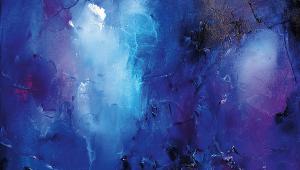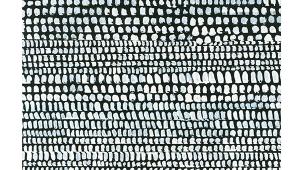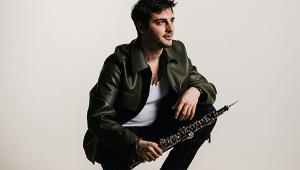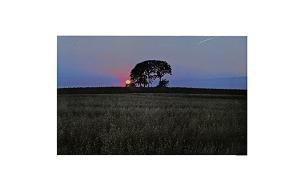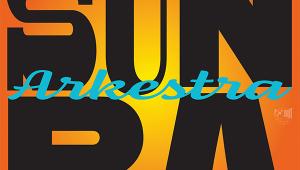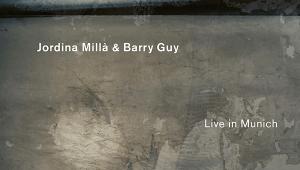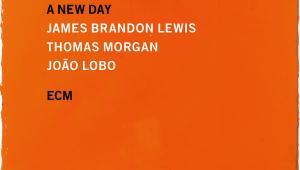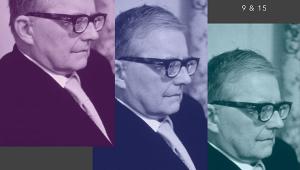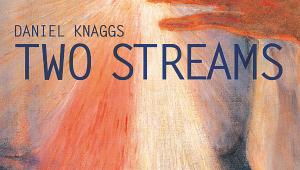Hi-Res Downloads, January 2020
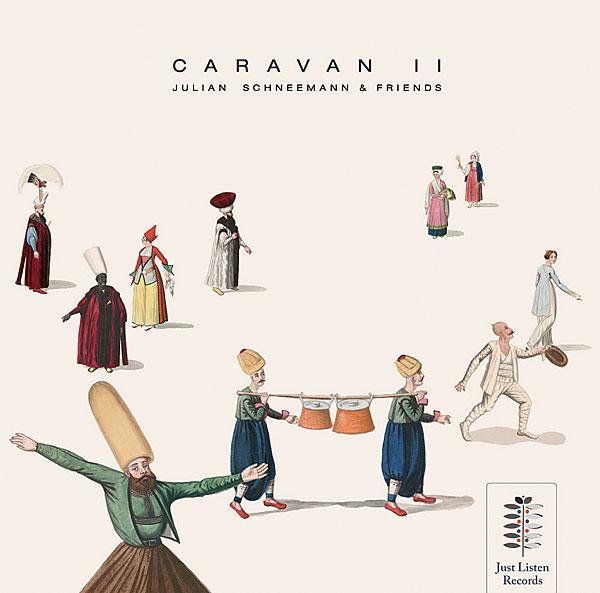
 Julian Schneemann & Friends
Julian Schneemann & Friends
Caravan II (DXD; DSD64-DSD512)
www.nativedsd.com; Just Listen Records JL014
One of two albums this month from the Just Listen label, this set by Dutch composer and pianist brings together influences ranging from East to West, both in the writing and the instrumentation, and across classical, folk and jazz influences. Schneemann is joined here by Syrian oud virtuoso Jawa Manla, violinist Emmy Storms and percussionist Jeroen Batterink, along with singers in the traditions of Syria, Namibia, and India, and the whole project is captured in perfect one-take detail by NativeDSD/Channel Classics/Just Listen founder Jared Sacks. The sound is packed with information and depth that is revealed on repeated listening, has excellent punch, slam and drive, and the bass is truly weighty. But what strikes one most is the immediacy, and the sense of attending a live musical event. Reviewed here in DSD64, for wider hardware compatibility, it's even more striking in the original DSD256. AE
Sound Quality: 95%

Lab Report
Edited using Merging Technologies Pyramix software at DSD256, our file is a DSD64 downsample. As upper reaches of vocal and percussive content dip into the >30kHz requantisation noise, the DSD128/256 file may be preferred. PM

Bavarian Rso/Mariss Jansons
Shostakovich Symphony No 7, 'Leningrad' (48kHz/24-bit, FLAC)
www.highresaudio.com; BR Klassik 900184
BR Klassik doesn't give the date for this Munich performance but the label's 5m rehearsal film (he was quite a talkative rehearser!) pins it down as Feb '16. It follows Jansons' live Concertgebouw recording issued in 2006 and a less spacious 1988 studio version with the St Petersburg Orchestra (actually made in Oslo) now on Warner Classics. Jansons is particularly good with the opening, as the blue cloudless sky gives little hint, as the side-drum enters, of the brutal goose-stepping of the German advance to come. The most beautiful music is in (iii) albeit set amid stark sections where Jansons' own involuntary noises are exposed. The often criticised finale works wonderfully well here and although the sound is well balanced, overall it's rather more lean than in other recent Munich BR Klassik productions. CB
Sound Quality: 90%

Lab Report
Was this live 2016 recording really made at 48kHz, or at 192kHz/96kHz and then downsampled during mastering? Either way, dynamic range is well used but the orchestral bandwidth is evidently cut short by the ~20kHz response. PM
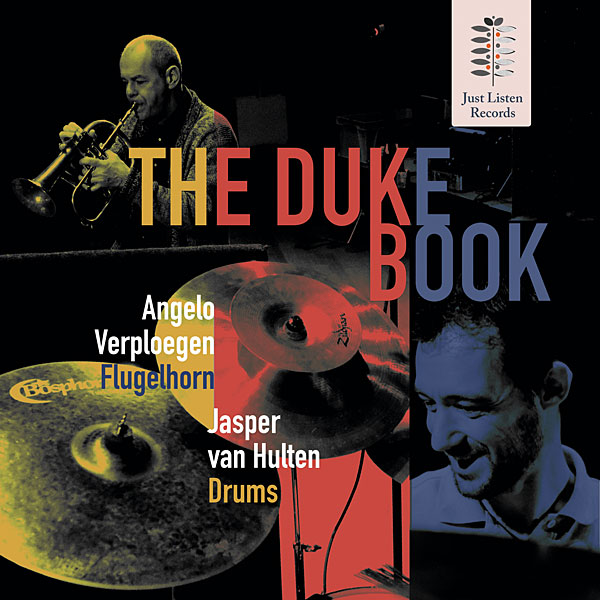
Angelo Verploegen & J Van Hulten
The Duke Book (DXD; DSD64-DSD512)
www.nativedsd.com; Just Listen Records JL019
This set, recorded in one take with no edits straight to a DSD256 recorder, is another fine offering of reimagined Ellington and Strayhorn tunes from the Just Listen label. It combines all the detail you could want with that sense of being in the studio with the performers. Having listened to the album in all the formats offered by the Native DSD website, from the DSD256 original, DSD512 upsample and DXD, I love the way the recording captures the simple – and unusual – instrumentation. Even the DSD64 file remains excitingly intimate with both the patter of Jasper van Hulten's drums and the tone of Angelo Verploegen's horn. If your system's DAC can handle it, go for the native DSD256 version – it sounds simply wonderful, with a greater sense of the impact of stick on skin, and the passage of the air through the flugelhorn. It really is quite magnificent! AE
Sound Quality: 90%
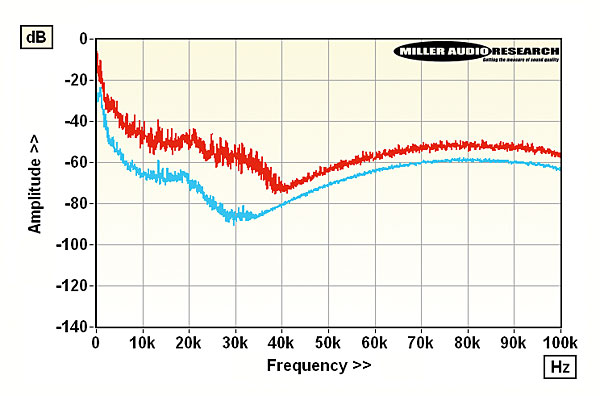
Lab Report
Recorded/mixed over a Merging Tech. Horus system at a native DSD256, this file was provided at a downsampled DSD64. Dynamic range is limited and the horn clearly punches well above 40kHz, so I would recommend the DSD256 file. PM
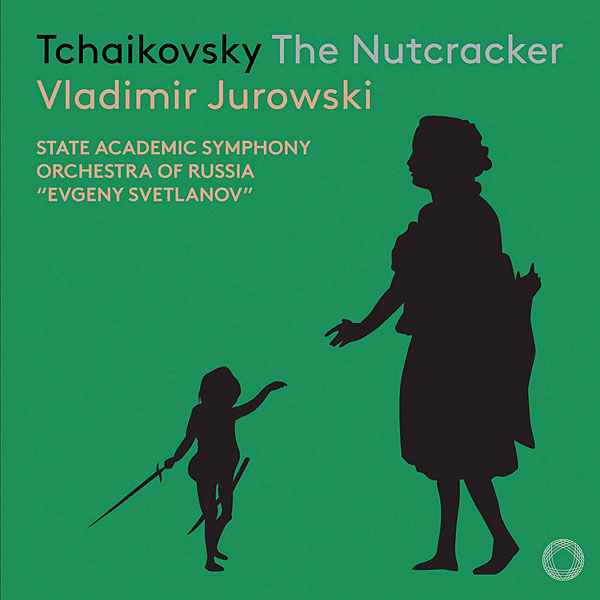
State Academic So Of Russia /Vladimir Jurowski
Tchaikovsky: The Nutcracker (96kHz/24-bit, FLAC; DSD64)
www.highresaudio.com; Pentatone PTC5186761
Jurowski's complete Sleeping Beauty, recorded live with the Russian orchestra now named after Yevgeny Svetlanov was on the ICA Classics label [HFN Mar '18]. But Pentatone has their Jan '19 live recording of the more appealing Nutcracker (with boys' voices in track 10); both were performed at the Moscow Tchaikovsky Conservatory main hall. Jurowski steers a cool, smooth course through the music, the pacing often severely demanding of his players: eg, the 'Trepak'. The Divertimento is nicely integrated (castanets somewhat lost, though, in the acoustic in the 'Spanish Dance') and this is a version to which I warmed more with repeated hearings, even if it doesn't displace the classic Ansermet/Decca. The sound is well balanced in this large hall, Pentatone's PDF informative. CB
Sound Quality: 85%

Lab Report
Despite evidence of some ultrasonic spuriae at 29-33kHz [see Graph] this is a sufficiently energetic and widebandwidth recording that a 192kHz rather than 96kHz sample rate would have better suited, for example, VII. The Battle. PM
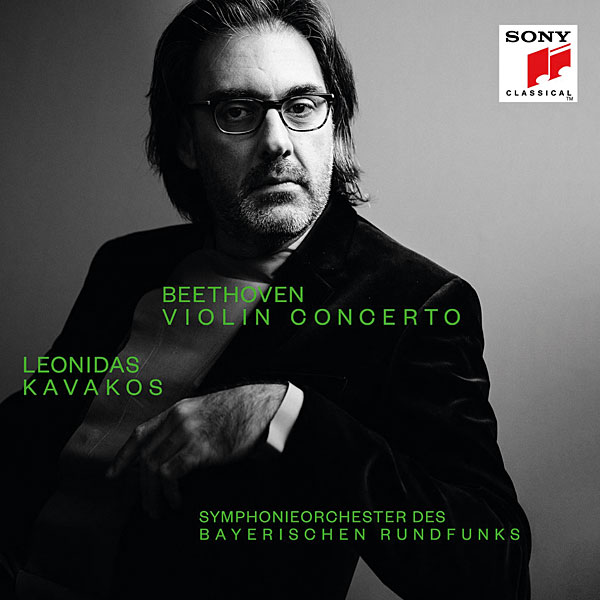
Leonidas Kavakos/Bavarian RSO
Beethoven: Violin Concerto; Septet; 5 Folksong Variations (96kHz/24-bit, FLAC)
www.highresaudio.com; Sony 19075929882
These Mar/May '19 recordings were made when Kavakos was artist-in-residence at Munich: the Septet with members of the orchestra; in the Violin Concerto Kavakos both playing and directing. The first-movement cadenza is his own, based on the one Beethoven composed for his piano transcribed score. Alas it's a 6½m monstrosity, the dialogue with tympanist extended and set in a ghostly acoustic – as in the very opening bars of (i). I'd never want to encounter it twice… Written for flute or violin, five of Beethoven's variations on folk-songs are with the pianist Enrico Pace. Desite their simplicity, says Kavakos, 'You can feel the depth and transcendence of late Beethoven', and the playing supports that. In an excellent Septet the clarinet balance is too prominent and perspectives in the Concerto are inconsistent. CB
Sound Quality: 75%
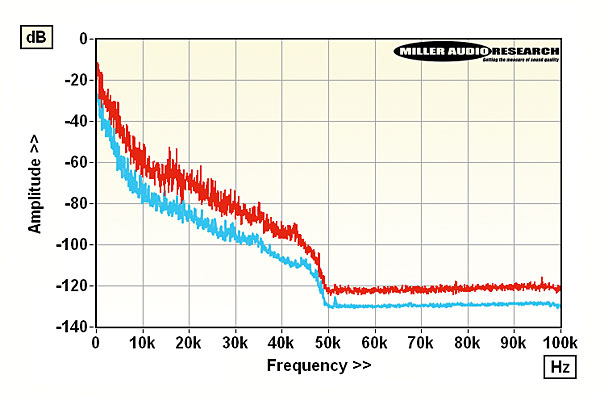
Lab Report
Recordings level are unusually high for a classical offering, the trk3 Rondo peaking very close to 0dBFs, and the background noise shows signs of digital spuriae. In full flight the orchestra requires 192kHz sampling, not 96kHz. PM


